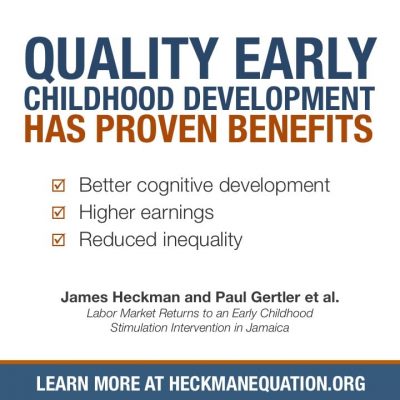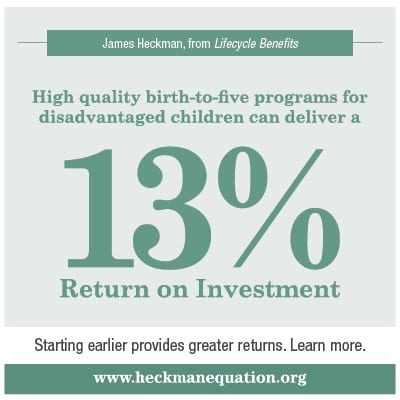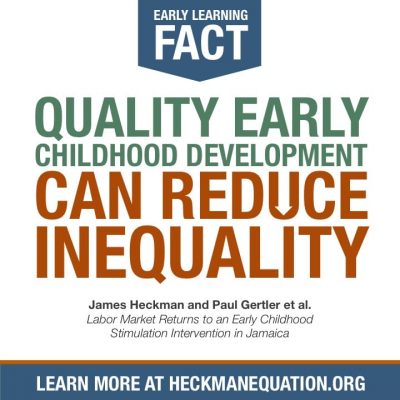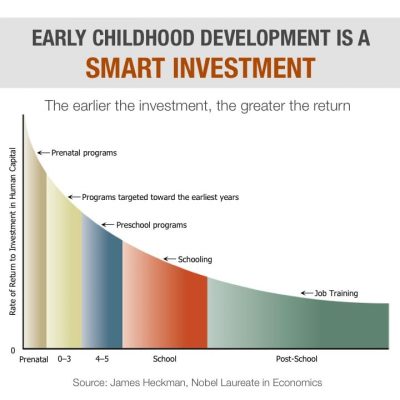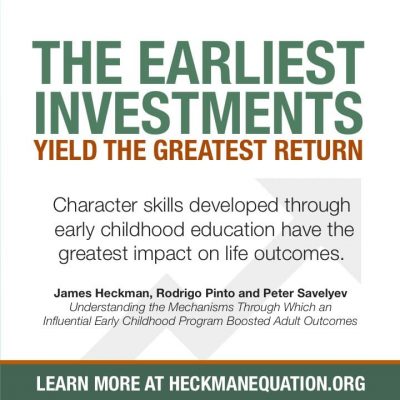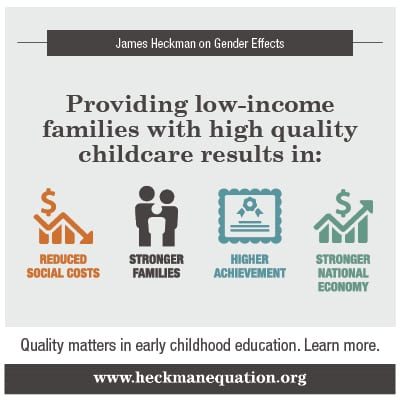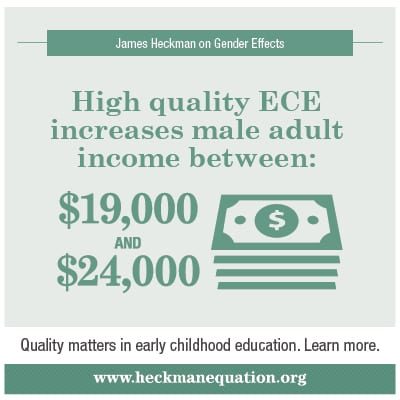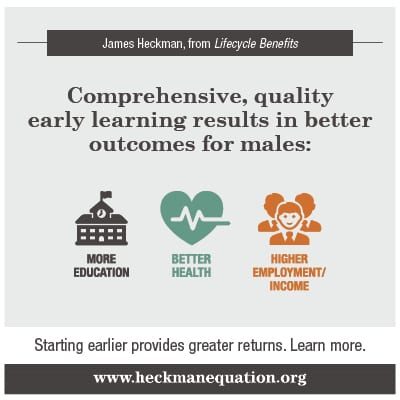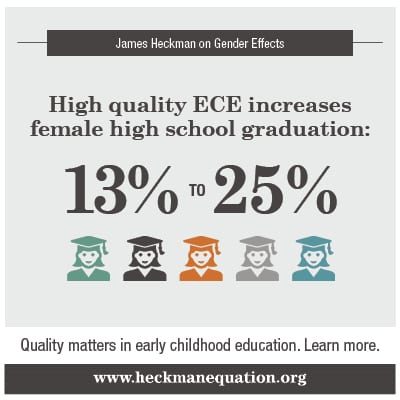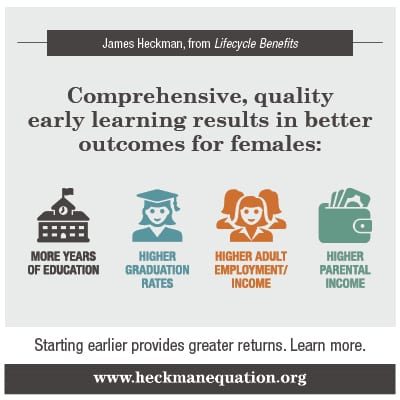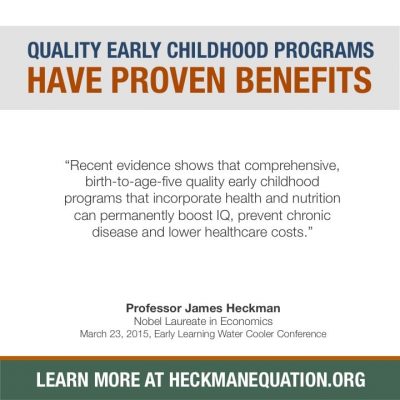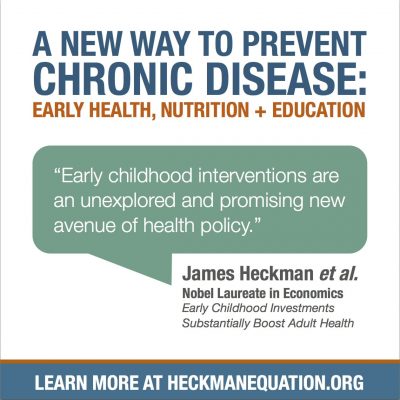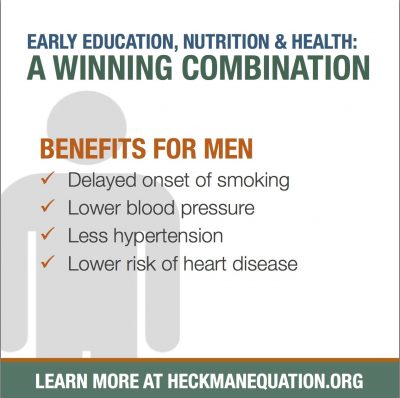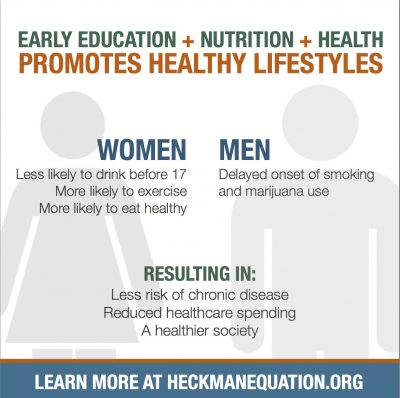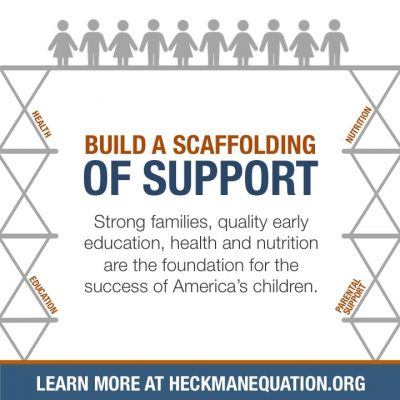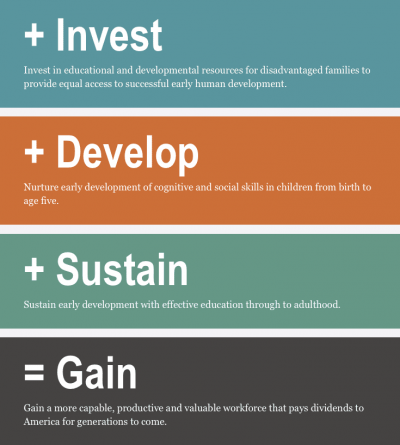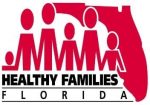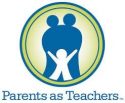Benefits of Home Visiting
Home visiting and early childhood programs not only benefit the children and families that pass through their systems, they contribute to a stronger society overall.
For Families
- Pregnant home visiting recipients are more likely to access prenatal care and carry their babies to term.
- Home Visiting promotes infant caregiving practices like breastfeeding, which has been associated with positive long-term outcomes related to cognitive development and child health.
- Home visitors teach parents how to “baby proof” their home to prevent accidents that can lead to emergency room visits, disabilities, or even death.
- Home visitors teach parents how to engage with their children in a positive, nurturing way, thus reducing child maltreatment.
- Home visitors help parents recognize the value of reading and other activities for early learning.
- This guidance translates to improvements in children’s early language and cognitive development, as well as academic achievements in grades 1 through 3.
- Compared with their counterparts, parents enrolled in home visiting have higher monthly incomes, are more likely to be enrolled in school, and are more likely to be employed.
Check out this video highlighting one family’s experience with home visiting and how it helped them grow.
For Communities
By coaching families raising young children to become better parents, we can reduce public expenditures on expensive remedial care and lower economic burdens on taxpayers.
FL MIECHV funds proven programs that leverage established community resources and work with families who seek help in a trusted environment — their homes. Because families ask for help, they are committed, want to do better and work hard to be better parents.
Learn more about the benefits of home visiting by reading the Home Visiting Primer from the National Home Visiting Resource Center (NHVRC).
How Home Visiting is Provided
A number of home visiting models have been designated as “evidence-based” following an expert review of evaluations and studies demonstrating their impact on key early childhood outcomes.
In Florida, three proven models are implemented in communities with federal MIECHV funding.
Nurse-Family Partnership (NFP) is a national program that provides education and support to first-time mothers in low-income communities using specially-trained nurse home visitors. Families receive services starting in pregnancy through the child’s second birthday.
The Health Families Florida (HFF) model is nationally accredited by Healthy Families America. Highly trained home visitors provide education and support to overburdened families at risk for adverse childhood experiences, including maltreatment. Services begin prenatally or within the first three months after a child’s birth and can last up to five years depending on the unique needs of the family.
Parents as Teachers (PAT) is a national program and the model includes one-on-one home visits, monthly group meetings, developmental screenings, and a resource network for families. Parent educators conduct the home visits using structured visit plans and guided planning tools.
These evidence-based models were selected by eligible communities based on local needs, gaps in services, and capacity. Programs are implemented by local Healthy Start Coalitions, hospitals, federally-qualifies health centers, and other community-based organizations at FL MIECHV implementation sites (see below). In 2020, Florida MIECHV completed the Florida Home Visiting Statewide Needs Assessment Update, as required by Bipartisan Budget Act of 2018. This report gives a broader picture of evidence-based home visiting in Florida. You can also view an executive summary of the report here.
How Home Visiting is Funded
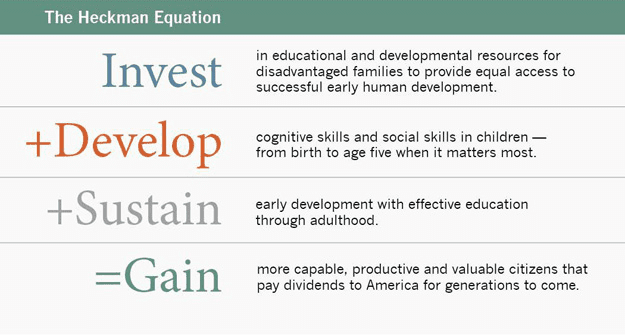
Home visiting in Florida is funded through federal, state, and local sources. FL MIECHV administers federal home visiting funds specifically focusing on families in high-need communities and early childhood systems building at the state and local level. The state also provides support for the statewide implementation of Healthy Families Florida as a primary prevention strategy to reduce child abuse and neglect. Children’s Services Councils, community foundations, and other local funders provide additional resources to support home visiting in their communities. According to the National Home Visiting Resource Center, more than 100 agengies are implementing evidence-based home visiting in Florida using a variety of models.
Home visiting is an investment in the future!
“The highest rate of return in early childhood development comes from investing as early as possible, from birth through age five, is disadvantaged families. Starting at age three or four is too little too late, as it fails to recognize that skills beget skills in a complimentary and dynamic way. Efforts should focus on the first years for the greatest efficiency and effectiveness. The best investment is in quality early childhood development from birth to five for disadvantaged children and their families.”

